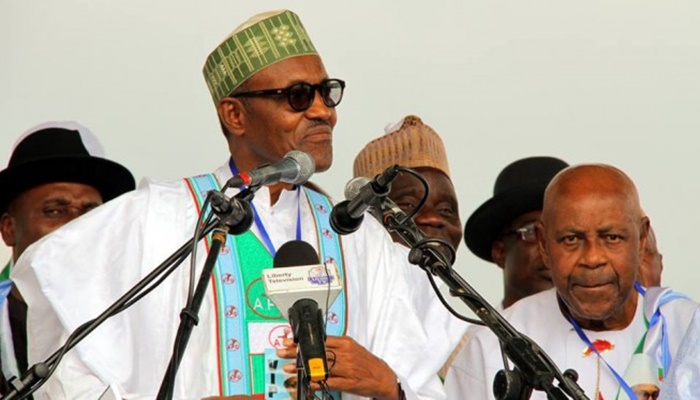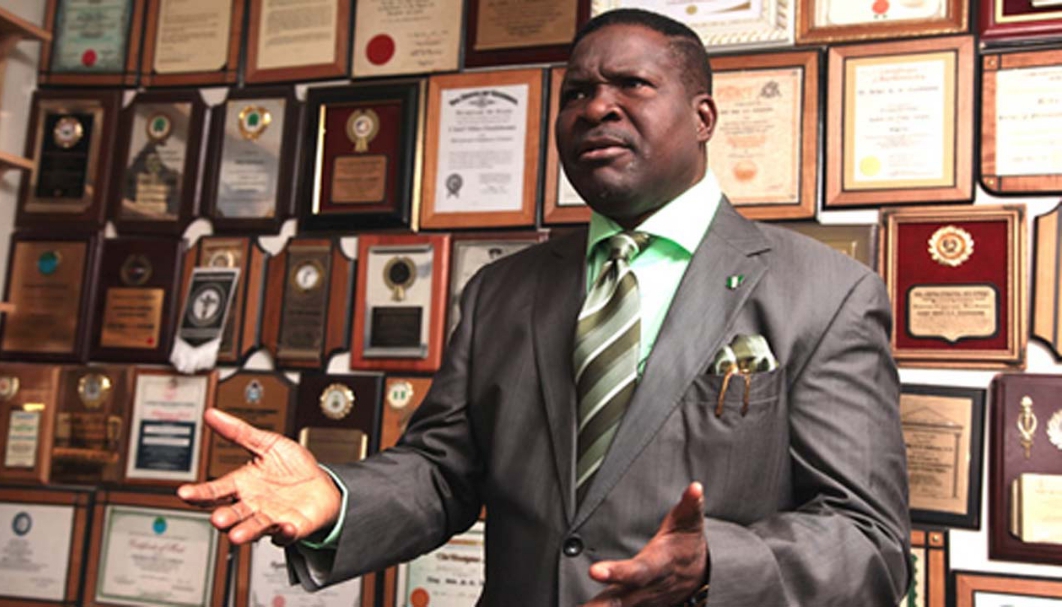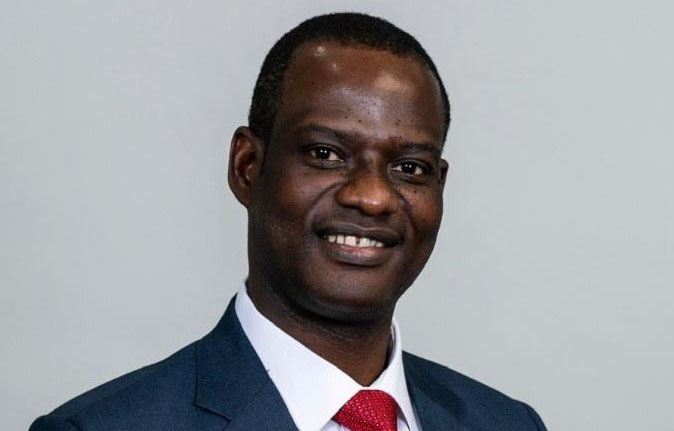Beneficiaries of the Conditional Cash Transfer identified before May 29, 2015—Presidency

- States, LGA officials played active roles in the process,
- N5000 monthly stipends now being paid out in all 9 pilot states
- Only in Borno were the beneficiaries picked recently
Details are emerging on how the Federal Government determined the beneficiaries of the Conditional Cash Transfer (CCT) who are now receiving the N5000 monthly stipends across the nine pilot states.
According to the Senior Special Assistant on Media and Publicity in the Office of the Vice President, Mr. Laolu Akande, the nine states are Bauchi, Borno, Cross Rivers, Ekiti, Kwara, Kogi, Niger, Osun and Oyo.
Akande clarified that reference to Ogun, instead of Osun-among the pilot states- in his last press statement on the issue was a typographical error.
In his press update on the progress of the Buhari administration’s Social Investment Programmes, (SIP), over the weekend, Akande explained how the Community-Based Targeting, (CBT) model of the World Bank was used two years ago to identify most of the beneficiaries in the pilot states, as the World Bank is also an active agent in the entire process. But he added that the data collected belongs to Nigeria.
According to Akande, “there is no way anyone can describe the selection of the beneficiaries of the CCT as partisan as the beneficiaries from eight of the nine pilot states were picked even before this administration came into office.”
“First, the officials at federal level, working with the State officials, identify the poorest Local Government Areas, using an existing poverty map for the State, then the LG officials identify the poorest communities in the LGAs and we send our teams there.
The first thing our team does after selection of the LGAs is to select members of the NOA, the LGA and community officials to form the CBT team. Then we train the selected officials on how to conduct Focus Group discussions at community level. These focus groups comprise of women, men, youth, as the community determines.
After training them, the CBT teams now go to each of their communities to sensitize the leaders, including traditional rulers, on the CBT process and the necessity for objectivity and openness in the process. At that meeting, they firm up a date to convene a community meeting at a designated location within the community.
On the set date, discussions are held in the local languages, using terminologies that resonate in that community. The CBT team will explain to the community the purpose of the gathering that is. to determine the parameters of poverty upon which persons can be described as poor and vulnerable within the context of that community.
The CBT teams will then engage each group in the conversation around the criteria and parameters for determining the poorest people. The groups would then be encouraged to identify those households that fall within the criteria that the community itself determines, and told that the information is required for government’s planning purposes.
Various poverty criteria have been thrown up so far. In some cases, people have said it’s the number of times they eat, it’s the number of times the fumes of firewood go up from the house, the size of farmland or type of crops grown, etc.
Then the groups resume in plenary and report back the criteria and parameters discussed.
The CBT team would then compile the criteria and parameters and ask each group to return to their break-out sessions and now begin to identify the households in the community that have been identified as fitting the criteria and parameters.
Once that is done at the groups, everybody comes together again with names compiled by each group. Now, when the same name is featured in at least two of the three groups, it is deemed qualified to be listed on the Social Register.
At this stage, we now enumerate the members of the household and open a bank account for each of the caregivers by capturing the biometric data of households identified as among the poorest and vulnerable.”
According to Akande, in eight of the nine pilot states, this process had taken place at least two years ago under a programme supported by the World Bank under an Agreement entered into directly with the State Governments, on the YESSO project. The ninth state is Borno, which was added because of the IDP situation, with the list of the beneficiaries that has been verified by SEMA.
“This is an entirely fair and transparent process and short of mischief, there is no way you can describe this process as partisan. The President is President of the entire country and the SIPs are for all Nigerians as the case may be.”
In addition to the nine pilot States, and with the release of funds for the programmes, the CBT model has now commenced in other States.
The states have been updated on the requirements for the engagement by the federal team and once the lists from states are enumerated; their details are uploaded onto a server at the Nigeria Inter-Bank Settlement System, NIBSS, which hosts the electronic platform that validates all the payments of the FG for the SIPs.
Banks have been informed that payments must be at community level, so those banks engaged for the pilot stage have in turn engaged several payment agents, to ensure cash-out to the beneficiaries in their places of residence which are distant to the bank locations.






